This article explores the Faravahar, a symbol deeply intertwined with Zoroastrianism and Iranian identity. We’ll delve into its origins, meaning, and enduring legacy, examining its significance from ancient times to the present day.
Decoding the Faravahar: An Ancient Symbol’s Enduring Power
The Faravahar, with its winged disc and human figure, evokes a sense of antiquity and mystery. More than just an aesthetically pleasing image, it embodies the spirit of Zoroastrianism, one of the world’s oldest monotheistic religions, and serves as a cornerstone of Iranian cultural heritage. Let’s embark on a journey to uncover the rich layers of meaning embedded within this timeless symbol.
Ancient Echoes: Tracing the Symbol’s Roots
Long before Zoroastrianism, similar winged disc motifs graced the art and architecture of ancient civilizations like Egypt and Mesopotamia. These cultures probably viewed the winged disc as a symbol of divine power and royal authority. Some scholars suggest that the Zoroastrian adoption of this motif may have been influenced by Neo-Assyrian depictions of their god Ashur. This fascinating lineage demonstrates how symbols can evolve and adapt across cultures and throughout history.
The Faravahar in Zoroastrianism: A Guardian Spirit and Ethical Guide
In Zoroastrianism, the Faravahar likely represents the fravashi, a concept often described as a guardian angel or divine spark within each person. It connects individuals to Ahura Mazda, the supreme god, and symbolizes the interplay between the earthly and divine realms. The three layered wings likely represent the core Zoroastrian principles: good thoughts, good words, and good deeds, serving as a visual reminder of the ethical framework guiding followers.
A Symbol of Resilience and Cultural Identity
Throughout history, the Faravahar has served as a potent symbol of power and resilience. Prominent in the Achaemenid Empire, it adorned royal tombs, coins, and palaces, signifying the divine legitimacy of rulers. Even after the decline of Zoroastrianism as the dominant religion in Iran, the Faravahar persisted as a quiet symbol of cultural continuity, a testament to a heritage that refused to be erased.
The Faravahar Today: Bridging Past and Future
Today, the Faravahar transcends its religious origins, embracing a wider significance as a potent symbol of Iranian identity, regardless of faith or background. Ubiquitous in Iranian art, jewelry, architecture, and even public buildings, it represents a connection to the past, a celebration of heritage, and a hope for the future. Artists and intellectuals often incorporate the Faravahar into their work, exploring themes of identity, spirituality, and the ongoing dialogue between tradition and modernity in Iranian society.
Connecting the Dots: Winged Figures Across Cultures
The prevalence of winged figures across diverse cultures, from the Greek messenger god Hermes to the winged genii of Mesopotamia, suggests a universal human fascination with this archetype. These parallels indicate that the image of wings, often representing divine power, spiritual connection, and protection, may tap into a shared human desire for transcendence and guidance.
A Personal Connection: Carrying Heritage and Values
For many Iranians, wearing a Faravahar pendant or displaying it in their homes transcends mere aesthetics. It becomes a deeply personal affirmation of their cultural identity, a tangible link to their ancestors and the rich tapestry of Persian history. It serves as a reminder of the values of good thoughts, good words, and good deeds, principles central to the Iranian spirit.
A Legacy That Endures: A Symbol in Constant Evolution
The Faravahar’s journey through time is a testament to its enduring power. It has weathered empires, religious shifts, and cultural upheavals, emerging as a timeless emblem of Iranian identity. Its message resonates with both Zoroastrians and non-Zoroastrians, echoing a universal yearning for protection, spiritual connection, and belonging. The Faravahar continues to evolve, adapting to the changing needs and aspirations of the Iranian people while remaining deeply rooted in the fertile ground of their past. Its story is far from over; it continues to be written with each passing generation.
What Does the Faravahar Mean? Unraveling the Symbol’s Layers
The Faravahar’s power goes beyond mere symbolism; it encapsulates the essence of Iranian heritage, resilience, and hope. While commonly associated with Ahura Mazda, the supreme god in Zoroastrianism, its exact meaning remains a subject of ongoing scholarly debate. Some believe it represents Ahura Mazda himself, while others suggest it symbolizes the fravashi, the guardian spirit. Another theory posits that it embodies the human soul navigating the complexities of right and wrong.
Deconstructing the Symbol: A Closer Look at its Components
The Faravahar is like a puzzle, each piece contributing to its overall meaning:
- The Winged Disc: This element often represents the heavens, the sun, and the divine presence overseeing the world.
- The Human Figure: This symbolizes human free will and the capacity for moral reasoning.
- The Outstretched Hand: This detail’s interpretation varies, potentially representing blessings, encouragement towards righteousness, or guidance on the path of truth.
- The Ring: Symbolizes loyalty, covenant, or the cyclical nature of existence and the cosmos.
- Three Layers of Feathers on the Wings: These likely correspond to the core Zoroastrian principles of good thoughts, good words, and good deeds.
- Two Tails Pointing Down: These represent the forces of temptation and negativity that challenge individuals on their spiritual journey.
In contemporary times, the Faravahar remains a vital symbol in Zoroastrian practices and has become a cultural icon for Iranians worldwide. Its presence in art, architecture, and jewelry speaks to its enduring relevance. It embodies hope, freedom, spiritual guidance, and the eternal triumph of good over evil.
Why Do Iranians Wear the Faravahar? A Symbol of Heritage and Hope
The Faravahar’s significance for Iranians extends beyond mere decoration; it represents a profound connection to their history and cultural identity. It serves as a quiet yet powerful statement, a subtle acknowledgment of their rich and complex past.
Wearing the Faravahar is more than a fashion statement; it’s an expression of deep-rooted ties to Zoroastrianism, the ancient religion that profoundly shaped Persian culture. For many, it’s like carrying a piece of their history, a tangible link to their ancestors and their cherished beliefs. It’s a way of honoring and preserving their heritage.
Given Iran’s long and often turbulent history, the Faravahar has also emerged as a potent symbol of national identity and pride, signifying resilience in the face of adversity. Some view it as an expression of longing for self-determination and a return to cultural roots predating the arrival of Islam. It can be seen as a quiet act of defiance, a subtle assertion of identity and connection to a pre-Islamic past.
However, the Faravahar’s meaning isn’t fixed or monolithic. Its interpretation is deeply personal. Some may wear it primarily as a religious symbol of their Zoroastrian faith, while others may view it as a cultural symbol connecting them to their Iranian heritage regardless of religious affiliation. Still others may see it as a symbol of hope for the future, a reminder of the enduring human spirit and the pursuit of a better world.
The symbol’s meaning can also be influenced by the political climate. In times of social or political change, the Faravahar can assume added significance, becoming a rallying point for those seeking transformation or a return to specific values. It can represent a yearning for freedom and a society grounded in the principles it embodies.
Therefore, the Faravahar is more than a simple trinket. It’s a powerful statement of identity, heritage, and belief, reflecting a complex history, a rich culture, and a yearning for something more. It reminds us that symbols hold immense power, connecting us to something greater than ourselves, representing a legacy that continues to resonate with Iranians today, offering connection, pride, and hope for the future.
While commonly associated with Zoroastrianism and ancient Persian heritage, ongoing research suggests a deeper complexity to the Faravahar’s origins and meanings. The appearance of similar winged figures in other ancient cultures hints at a shared symbolic language predating even Zoroastrianism, highlighting the ongoing need for further exploration.
Is the Faravahar Haram? Navigating Religious and Cultural Symbolism
The question of whether the Faravahar is haram (forbidden) in Islam is complex and doesn’t have a simple answer. Differing schools of thought within Islam offer varying perspectives, leading to diverse interpretations.
The Faravahar, a winged disc with a human figure, is laden with symbolism, representing moral character and divine guidance. It held great importance in the ancient Persian Empire, associated with their supreme god, Ahura Mazda. With the spread of Islam through the region, the Faravahar’s meaning evolved, transitioning from a primarily religious symbol to one of Iranian cultural heritage. This transition is akin to how clothing or jewelry with former religious significance can become primarily cultural.
Some Muslims view the Faravahar as a purely cultural symbol, akin to traditional attire, representing heritage rather than religious affiliation. However, others connect it to pre-Islamic beliefs, raising concerns about its compatibility with Islamic faith. They worry that displaying it might imply endorsement of older religions, conflicting with their Islamic beliefs.
Therefore, there’s no definitive answer to whether the Faravahar is haram. It depends on personal interpretation and adherence to specific Islamic teachings. While some Muslims feel comfortable wearing or displaying it, others choose to avoid it. Both viewpoints are valid within the spectrum of Islamic belief.
This diversity of interpretation is similar to how historians might analyze the same facts and arrive at slightly different conclusions. The key is to understand the diverse perspectives and approach the topic with respect and a willingness to learn.
Here’s a summary of the perspectives:
| Perspective | Description |
|---|---|
| Cultural Symbol | Views the Faravahar primarily as a representation of Iranian heritage, distinct from its original religious meaning. |
| Pre-Islamic Association | Connects the Faravahar to Zoroastrianism, raising potential concerns about its compatibility with Islamic beliefs. |
| Personal Interpretation | Emphasizes the importance of individual understanding and adherence to specific Islamic schools of thought in determining the permissibility of displaying or wearing the Faravahar. |
Ongoing research and discussions among religious scholars continue to shed light on the nuances of this topic. As our understanding evolves, so too might the interpretations surrounding the Faravahar. This ongoing exploration enriches our understanding of faith and culture.
If you are an art enthusiast then you would love to explore the plato statue in cyprus.
- Discover the Borough of Frenchtown, NJ: A Delaware River Town Blending History, Art & Nature - November 22, 2024
- Discover Clarks Grove, MN: A Small Town with a Big Heart - November 22, 2024
- Califon Borough, NJ: A Small Town with a Big Heart (and Rich History) - November 22, 2024
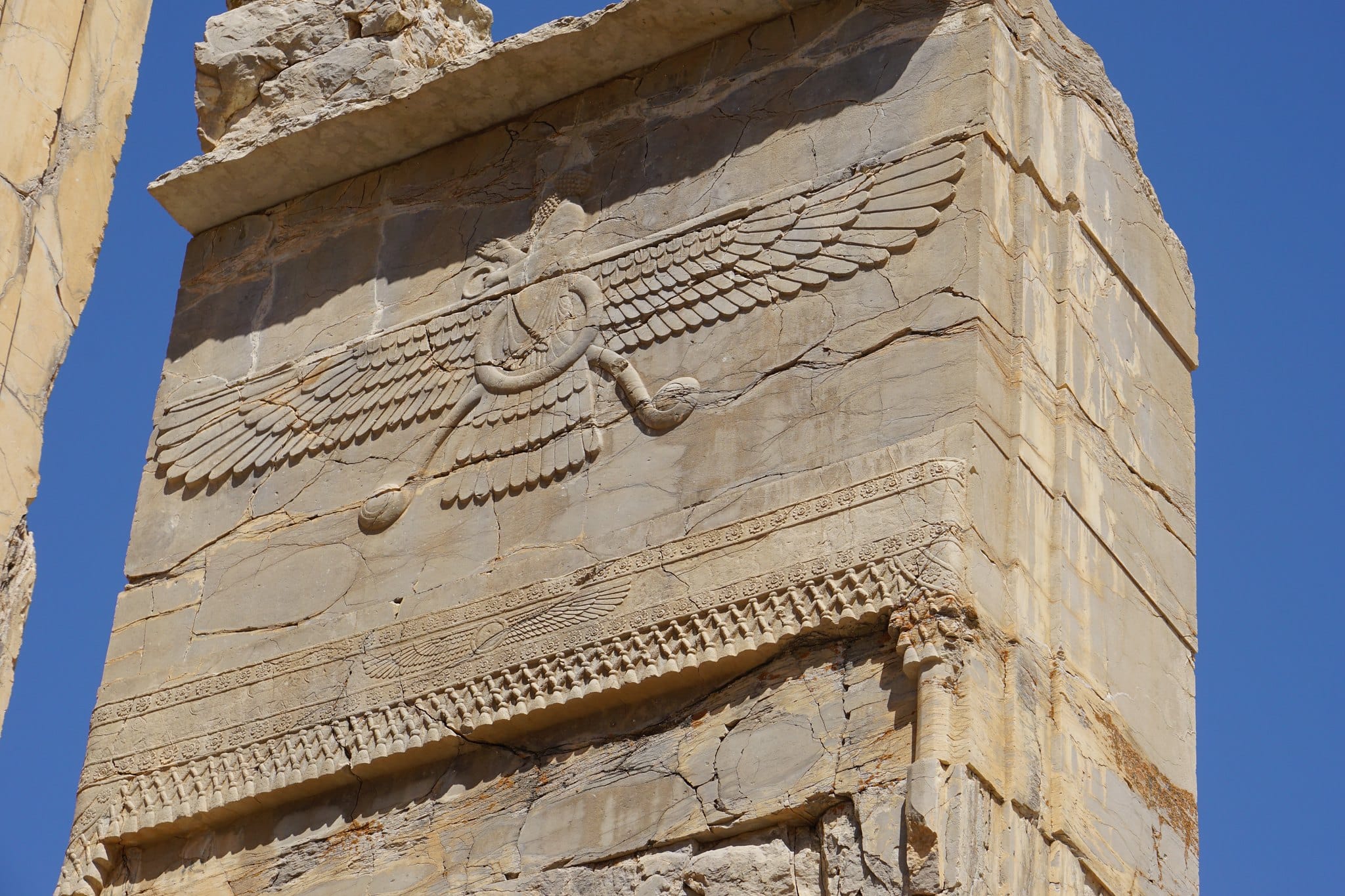
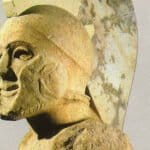
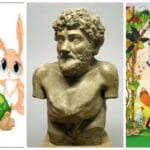

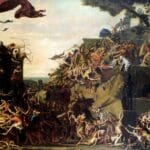

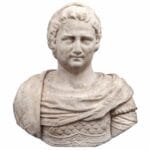







1 thought on “The Faravahar: Unveiling the Enduring Symbol of Zoroastrianism and Iranian Identity”
Comments are closed.